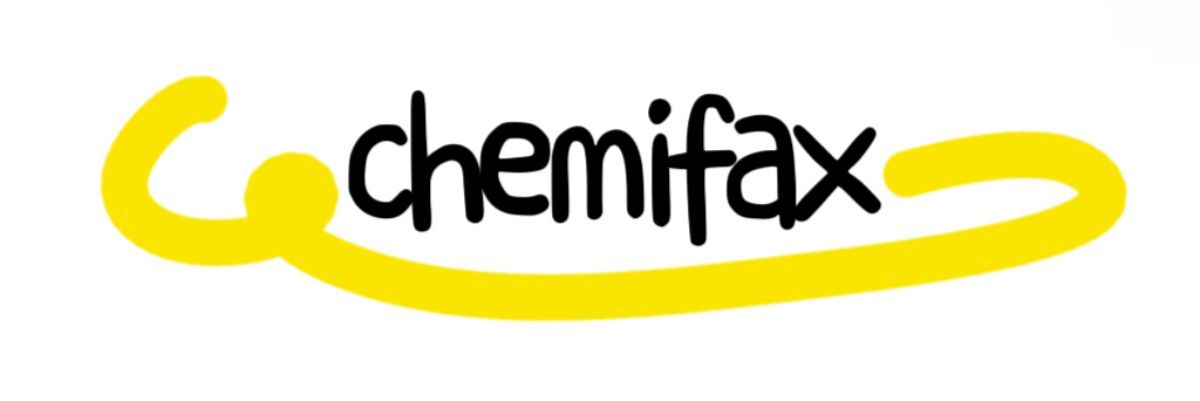Addressing Common Issues When Buying Logistics Conveyor Belts in Japan
Addressing Common Issues When Buying Logistics Conveyor Belts in Japan
Purchasing logistics conveyor belts in Japan can present various challenges for businesses of all sizes. From selecting the right type of belt to ensuring it fits seamlessly within existing systems, it's essential to approach this investment with clarity and insight. This article explores common issues encountered when buying logistics conveyor belts in Japan and provides practical advice to help you make informed decisions.
Contact us to discuss your requirements of Logistics Conveyor Belts In Japan. Our experienced sales team can help you identify the options that best suit your needs.
Understanding Your Needs
One of the most significant pain points for customers is a lack of clarity regarding their specific needs. Each business has unique requirements depending on factors such as the types of products handled, the facility layout, and operational speed.
For example, a food processing plant might need conveyor belts that are resistant to heat and moisture, while an automotive parts manufacturer may require belts that can handle heavy, metallic items. Without a clear understanding of your needs, you risk purchasing a conveyor belt that is not suitable, resulting in costly delays or even operational shutdowns.
Tip: Conduct a Needs Assessment
Before approaching suppliers, conduct a thorough assessment of your operational requirements. Consider the following questions:
- What materials will the conveyor belt transport?
- What is the required load capacity?
- Are there any environmental factors (e.g., temperature, humidity) that must be considered?
- How much space is available for the conveyor setup?
Selecting the Right Type of Conveyor Belt
With various types of conveyor belts available in Japan—such as modular belts, flat belts, and roller beds—it can be overwhelming to choose the right one. Each type serves a distinct purpose and offers specific benefits.
Taking modular belts as an example, they form a robust choice for handling heavy loads and provide ease of cleaning—ideal for industries like food and beverage. However, they also come at a higher cost compared to simpler flat belts.
Customer Case Study
A major sushi manufacturer in Tokyo faced significant production delays due to their outdated conveyor system. After a consultation, they switched to a modular conveyor belt system, increasing their production speed by 40%. This switch saved them approximately 12 million yen annually in labor costs. Their needs were met efficiently with a tailored solution that suited both their operational environment and budget.
Finding the Right Supplier
Trust is crucial when purchasing logistics conveyor belts. Customers often struggle to find reliable suppliers that can meet specific requirements while providing quality assurance and after-sales support. Look for suppliers with a strong market presence and positive customer reviews. A quick search can reveal insights from other businesses that have previously partnered with the supplier.
Tip: Ask for References
Don’t hesitate to ask potential suppliers for references or case studies related to your industry. This step allows you to assess their experience and establishes credibility.
Understanding Costs and Budgeting
When selecting conveyor belts in Japan, it's vital to be aware of the associated costs. Prices can vary widely based on materials, type, and customization. On average, conveyor belts in Japan can range from 50,000 yen for basic models to over 500,000 yen for advanced, automated systems.
Budgeting Tips
1. Set a realistic budget that considers both initial investments and expected operational costs.
2. Factor in costs related to installation, maintenance, and any required training for staff.
3. Seek out financing options or leasing arrangements that can alleviate upfront expenses.
Ensuring a Smooth Installation Process
Post-purchase, the installation phase can pose logistical challenges. Proper planning is essential to minimize disruptions in your operations. Scheduling the installation during off-peak hours or dedicating a team to oversee the process can lead to a smoother transition.
Final Advice
By understanding your needs, selecting the right type of conveyor belt, finding a reliable supplier, budgeting appropriately, and ensuring a seamless installation, you can mitigate many common pain points associated with purchasing logistics conveyor belts in Japan.
If you’re ready to take the next step, start by conducting a thorough needs assessment and explore potential suppliers in your industry. Investing the time upfront can save you significant headaches down the line!
If you want to learn more, please visit our website Heavy-Duty Conveyor Belts In Australia.
117
0
0


Comments
All Comments (0)